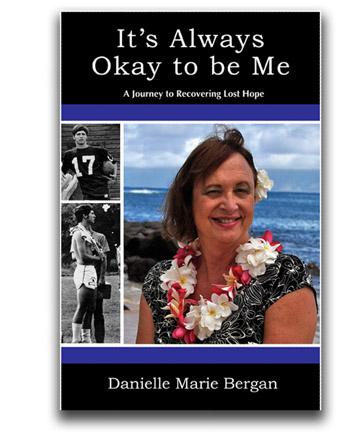Although reports of hate crime incidents based on anti-LGBTQ bias were down overall, from 1,393 in 2019 to 1,287 in 2020, reports of incidents motivated by gender-identity bias jumped by nearly 20 percent for the second year in a row.
Law enforcement agencies reported 1,051 hate crime incidents motivated by sexual orientation last year, down from 1,195 in 2019. Hate crime incidents motivated by gender identity increased from 198 in 2019 to 236 in 2020.
Although hate crime incidents motivated by anti-trans bias appear to be increasing, advocates have said government data often don’t tell the full story.
Anecdotally, trans people have reported facing bias-motivated violence much more often. Advocates have said the discrepancy between FBI data and trans people’s lived experiences is a common theme when it comes to data collection on LGBTQ people.
Of the 27,715 trans adults surveyed by the National Center for Transgender Equality in the summer of 2015, nearly half (46 percent) reported that they were verbally harassed in the previous year, and nearly 1 in 10 (9 percent) said they were physically attacked in the previous year for being transgender.
This year is also on track to be the deadliest on record for transgender people, with at least 35 trans and gender-nonconforming people having been killed so far — most of them Black trans women — according to the Human Rights Campaign. At this time last year, at least 29 trans people had been killed, according to the group. Advocates say the estimates are low, as law enforcement agencies often use trans people’s birth names, also known as their deadnames, and their sexes assigned at birth in reports of their deaths.
The number of hate crime incidents reported by the FBI is also likely to be low for a number of other reasons, advocates say.
“This data is critical, but it doesn’t tell the whole story of anti-transgender violence," Rodrigo Heng-Lehtinen, executive director of the National Center for Transgender Equality, said in an emailed statement. "Many transgender people do not feel comfortable or safe reporting crime to the police. In fact, according to our U.S. Transgender Survey, more than half (57%) of respondents said they would feel uncomfortable asking the police for help if they needed it."
Heng-Lehtinen said concern about interacting with police is greater among transgender people of color, with with 67 percent of Black trans people, 59 percent of Latino/a trans people and 59 percent of American Indian and Alaska Native trans people reporting discomfort turning to the police.
A 2013 report from the National Coalition of Anti-Violence Programs also found that less than half (45 percent) of LGBTQ people and people living with HIV who experienced violence reported their incidents to police, in part because of past experiences of police hostility and mistreatment.
Law enforcement agencies also collect, categorize and submit hate crime data voluntarily.
A 2018 report from the Human Rights Campaign found that no state has a comprehensive law that requires all government-funded data collection efforts to include sexual orientation and gender identity data with other demographic data, such as race, ethnicity and sex.
Four states — New York, California, Oregon and New Jersey — and Washington, D.C., have narrower laws that require LGBTQ-inclusive data collection in some areas other than hate crimes.
Twenty-one states and Washington, D.C., require law enforcement agencies to collect and report data on hate crimes based on sexual orientation and/or gender identity, the report found.
In addition, the FBI report doesn’t provide details about how LGBTQ people of color are uniquely affected by violence; research shows that they report facing more violence than white LGBTQ people.
The report does indicate that incidents motivated by anti-Black and anti-Asian bias increased significantly. Specifically, it found that the number of incidents motivated by anti-Black bias rose from 1,930 in 2019 to 2,755 last year and that incidents motivated by anti-Asian bias jumped from 158 to 274.
Advocates have recently called for more comprehensive federal data collection related to sexual orientation and gender identity so they can help suggest better policy solutions that account for the rising fatal violence against Black trans women and hate violence against all LGBTQ people.
In June, Rep. Sean Patrick Maloney, D-N.Y., reintroduced a bill to improve collection of data about sexual orientation and gender identity in violent crimes and suicides.
“The epidemic of violence against transgender Americans — particularly transgender women of color — is only getting worse,” Maloney said in a statement at the time. “HRC has been tracking the underreported data since 2013, and Congress still hasn’t acted to enable local law enforcement to do the same.”

